The teachings of the Seventeen-Article Constitution that make for a meaningful exchange of opinions
There are two things that we value at "KATARUVA".
One is to hold it as a "retreat," because we believe that value can be created by holding it face-to-face in an extraordinary space, away from everyday work, rather than holding meetings online or at the headquarters.
The other is to follow the teachings of Prince Shotoku's "Seventeen-Article Constitution."
According to the Seventeen Articles Constitution, "Things can be accomplished by communicating with each other regardless of rank or status." At "KATARUVA," we also believe that respecting each person's values, regardless of age, career, or position, will make this training camp meaningful.
This time, 10 employees from each department participated.
Before diving into the agenda, everyone had a chance to review the purpose and goals of the camp.
Day 1 Theme (1): What is "lacking in managers" in sales department and equipment management department?
The first theme was about thinking about the role of "management staff" at ASNOVA.
For each of the sales department and equipment management department, we identified issues related to the roles of managers: (1) management of the entire business, (2) management of subordinates, (3) team building, and (4) penetration of purpose and business strategy.
First, each team wrote down the "things and skills required of center manager and area manager" on yellow sticky notes about the issue.
Various words are listed, such as "business writing skills," "leadership," and "leadership."
Some words were only sales department, while others were both sales department and equipment management department.
After sharing the opinions they had output with the team, they brainstormed on blue sticky notes about "how to achieve that goal."
Even if the sticky notes were written by other people, I just stick them on as I think of them.
The children had fun and freely produced output, such as "reading," "improving their appearance," "feeling clean," and "repeating their purpose."
Finally, each team wrote down on red sticky notes what kind of training would help them achieve the ideas they came up with on their blue sticky notes, and once they had compiled their thoughts, they moved on to their presentations.
Team A: Realizing an "in-company university" where employees can acquire new ideas and skills by relearning and re-learning knowledge
Team B: Focusing on good communication with subordinates and increasing curiosity, and encouraging camps and training camps
C Team: Theme park training to learn manners and hospitality
As you can see above, each of them came up with unique ideas.
Not only did we have a fun discussion, but we were also able to come up with a strategy that was clearly focused on our goals.
Day 1 Theme ②: Utilizing new PR services
The second theme was the issue of public relations activities by corporate planning office.
After learning basic information such as the meaning of ASNOVA's public relations activities, as well as who and how to reach them, the participants were divided into three teams to discuss the theme, "How can ASNOVA's initiatives and internal systems be featured in the media?"
The important thing here is to communicate "what the media wants" rather than just sending out random messages.
It is important that you provide the information you want directly.
This time, each team tackled the following topics:
| Corporate information that the media is looking for
Team A: B2B companies that can introduce their strategies
Team B: Companies that have implemented their own unique work style systems
C Team: Companies available to interview about unique company systems and employee benefits
We look back at our company's initiatives, work content, and systems that fit each theme, but it seems like everyone is struggling a bit.
Each team is saying things like, "It's difficult to look at our company objectively," "We can't find any catchy topics that the media would like," and "We don't know whether this is a system unique to ASNOVA or if other companies have it too, so we're not confident that it's unique."
Next, link what you've written down on the sticky notes to the themes the media is looking for.
The necessary requirements are as follows:
・Our company has these strengths in relation to this theme
・These efforts have had a positive effect on society.
・Company PR to back it up
・Future prospects and goals
We connect these elements together into a "story."
Although they went a little over the allotted time, the three teams came up with ideas for the difficult task.
Team A: They introduced their company's strengths in four areas, and felt that one of them, "the social nature of ASNOVA's business," was particularly appealing.
Team B: We want to link our company's work style to the social issue of "job changes and career development" and promote it.
Team C: We thought we could introduce various initiatives related to ASNOVA's purpose in terms of the "white-collar work style" that the media was looking for.
It is quite difficult to get an overview of one's company's strengths, but as they deepened their learning, they made new discoveries, such as their own unique systems and initiatives that are not available at other companies.
It's important to have a stock of ideas so you can understand what the media wants and provide content that meets that need.
The first day's training ends here. We enjoy Takayama at night while savoring a meal at a long-established Japanese restaurant.
Thank you everyone for your hard work on the first day!
Day 2 Theme 3: Aiming to acquire 400 new customers
This was the venue for the second day.
Takayama City Cultural Heritage Museum is a place where you can become familiar with and learn about traditional culture.
The cool late-summer breeze blows in softly through the large opening facing the veranda.
The final theme to work on in such a comfortable Japanese space was Sales Department 's "How do we acquire 400 new customers?"
Currently, through inquiries and referrals, we gain approximately 200 new customers each year.
We thought about the issue of how to advertise our product so that more customers would become aware of it.
Currently, ASNOVA is promoting itself through direct mail, distribution of novelties, web advertising, etc. What kind of ideas are born from this?
This theme was approached in the following way:
1) Consider the conventional wisdom about "advertising" (the obvious, the obvious, the status quo)
② Think of a paradox about ① (such as what if...? What if there was ●● that wasn't...?)
③ Come up with ideas to put "②" into practice
In the first theory, words such as "using celebrities," "having a target audience," and "image is important" were extracted, as well as many negative words such as "expensive," "repetitive, noisy," "biased information," and "one-sided."
Some teams considered the thoughts of the sender and the receiver separately.
In the second paradox, a series of seemingly unrealistic words were presented one after the other. "This is getting interesting!" "Whether it can be realized or not, let's try it out first." It was also impressive to see multiple paradoxes presented for one accepted theory.
During the ③ idea generation session, we heard many ideas that highlighted the individuality of each team.
Team A: Use celebrities to make an impact. Without warning, they put up signs in a guerrilla manner. scaffolding Conduct assembly championships. Make a video that just shows the assembly site of the scaffolding.
Team B: Compose a familiar song (ASNOVA theme song). Taking advantage of the strength of having an area base, launch an area commercial. Expose through drama-style commercials and movie trailer commercials.
Team C: They make a promotion that is not intended to convey information by using a strategy that does not create a target audience. The center takes the initiative in creating a place for local interaction.
The above ideas could only have come from "KATARUVA". As a hint, it would be fun to get various people involved in the project.
Finally, President Ueda shared his thoughts on the training camp.
"Just like the 'Seventeen-Article Constitution' that we shared with you on the first day, I was able to experience firsthand that anything can be accomplished if we all get together and discuss it.
In the future, I think it would be good if people could get together and hold events on their own without waiting for the opportunity of KATARUVA. It would also be good to hold such meetings at each center. I would like people to spread the word about KATARUVA to those who have never participated in it, and I hope that the ideas here will not just remain ideas, but that as many as possible will be put into practice."
The 4th "KATARUVA" was packed with learning and discoveries.
I'm already looking forward to seeing what I'll notice next time.









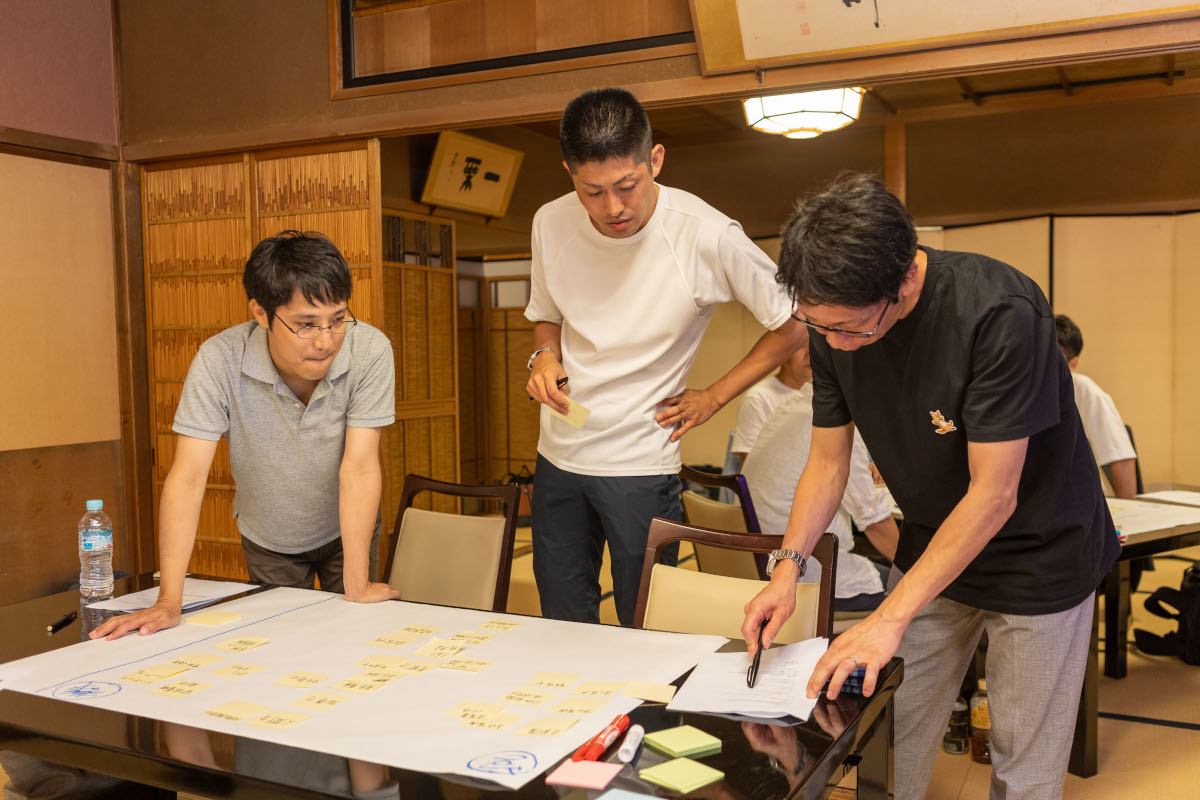
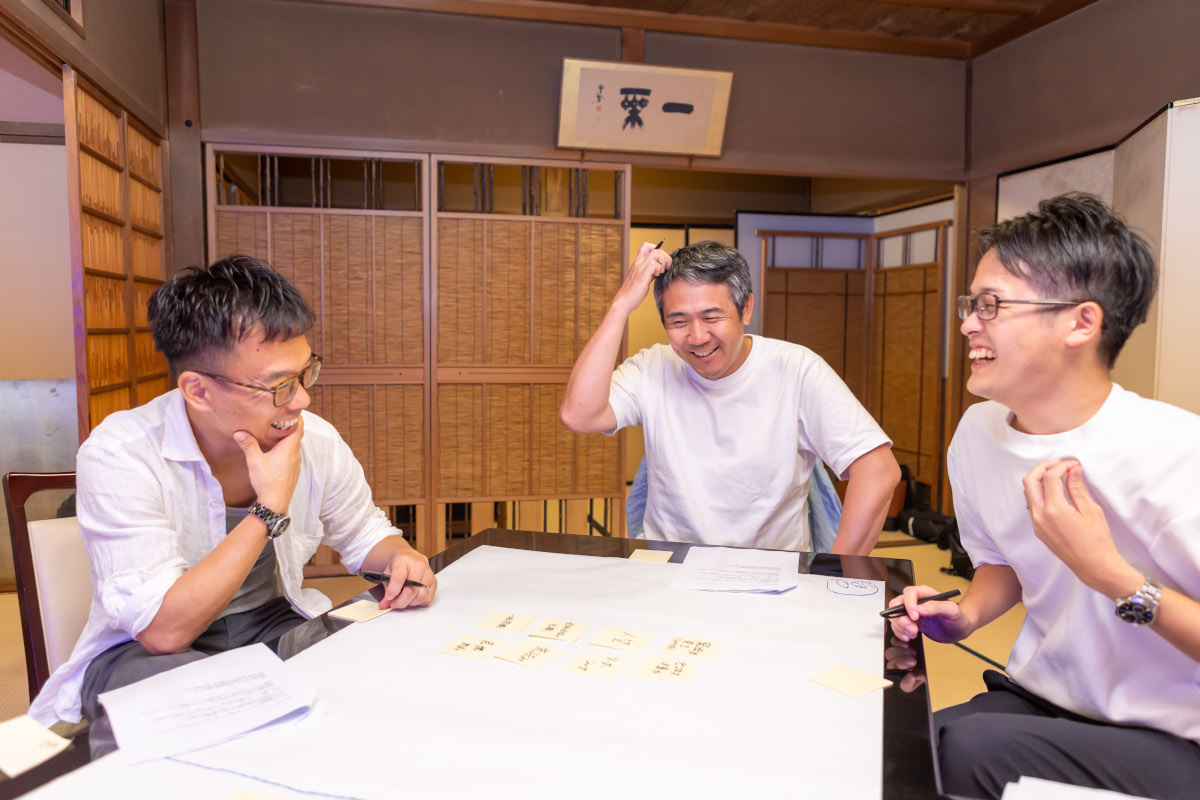
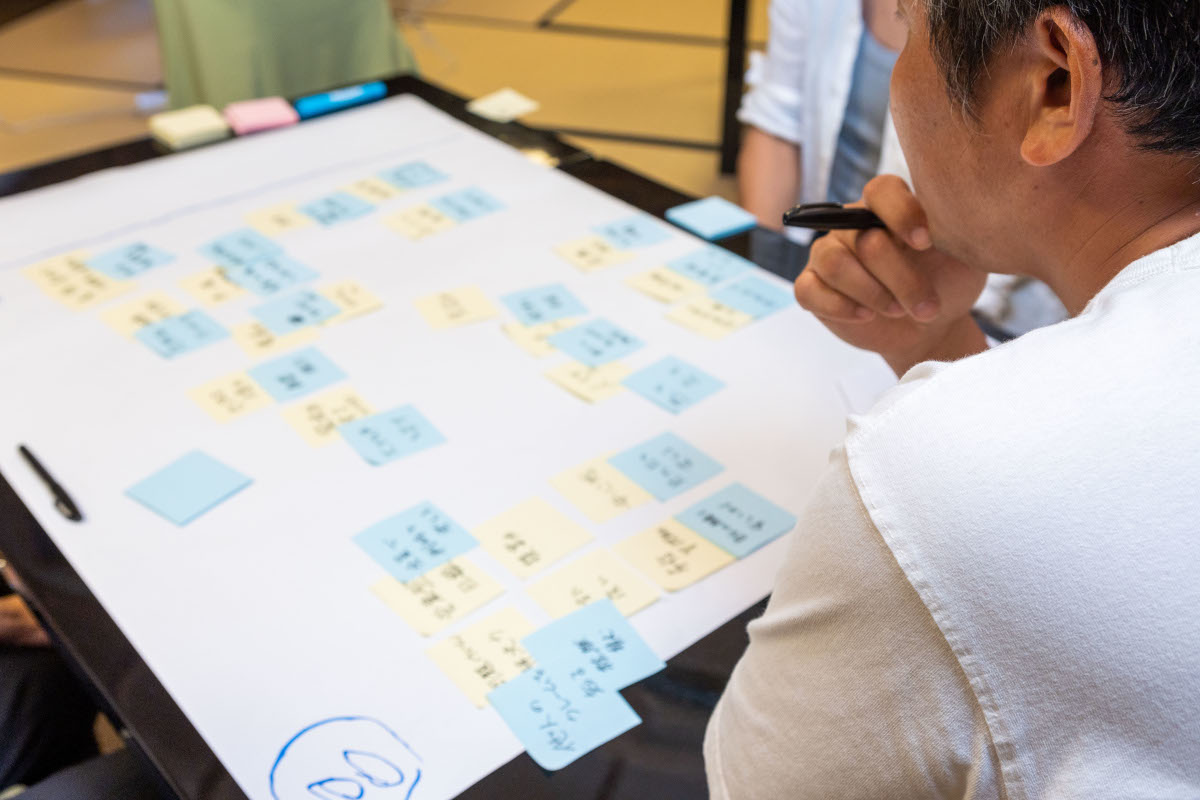
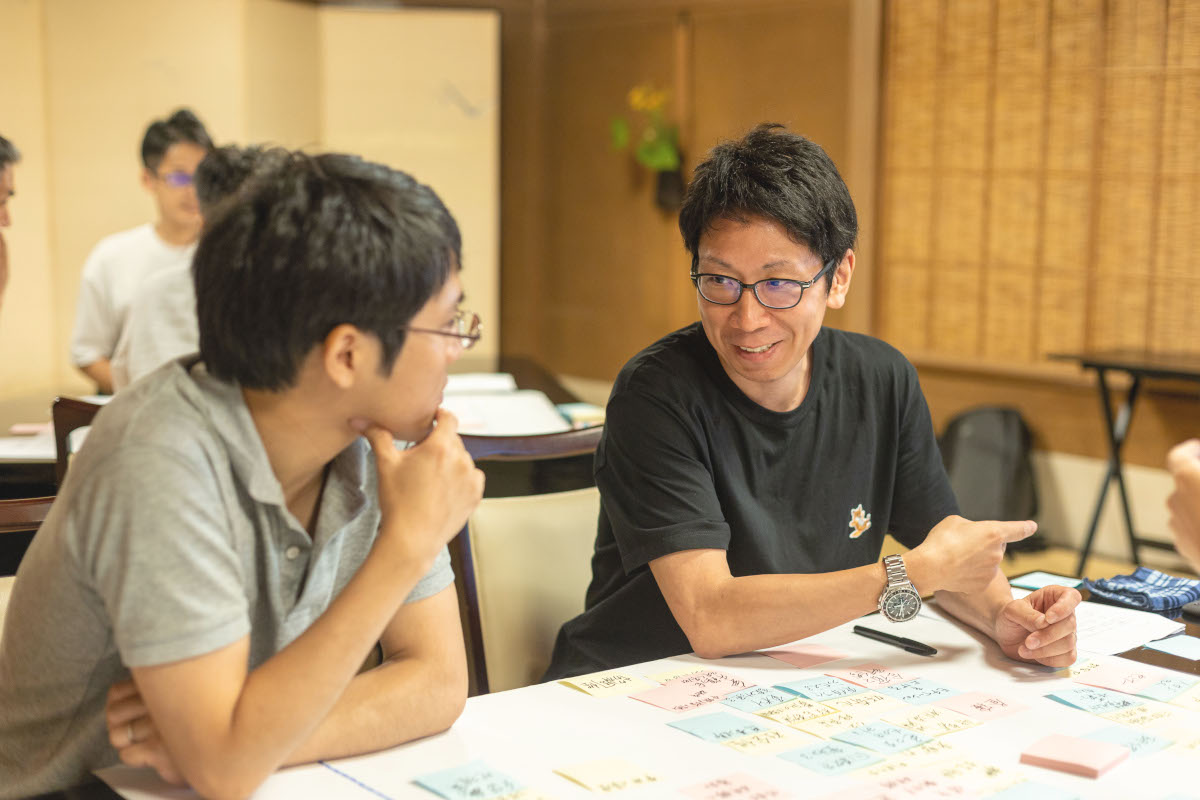
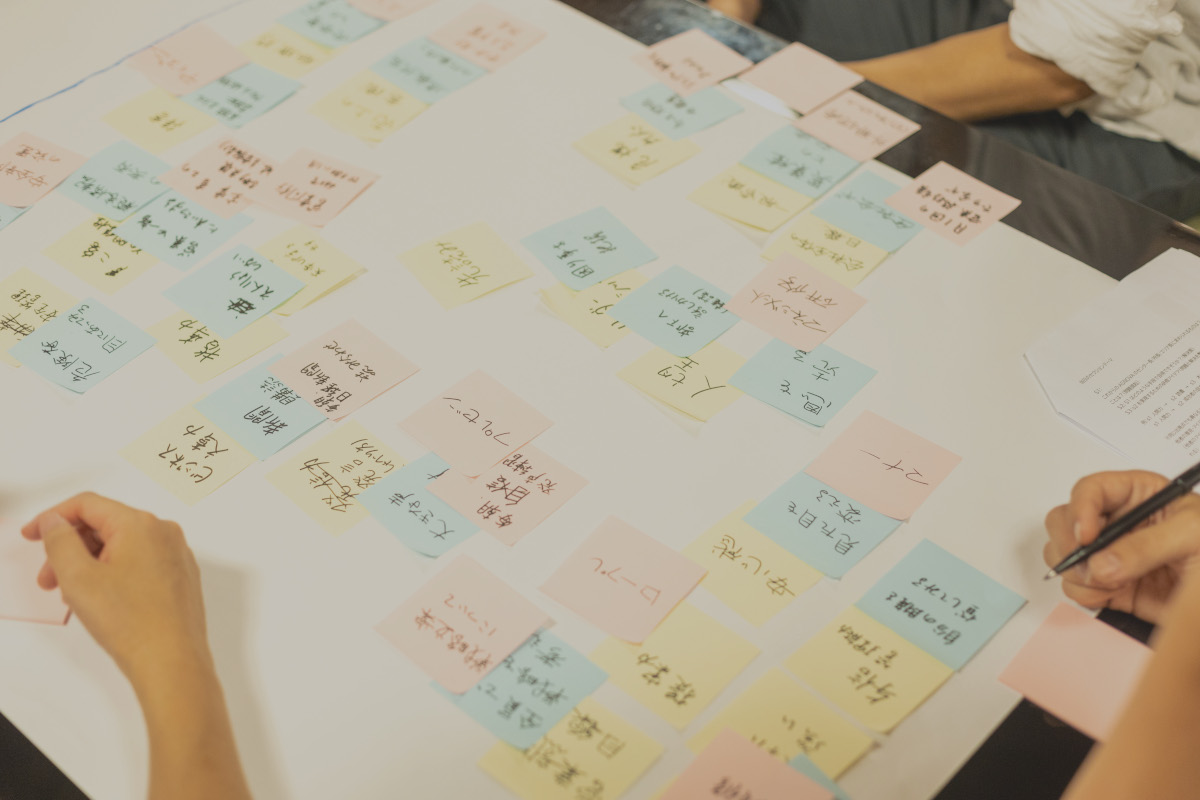
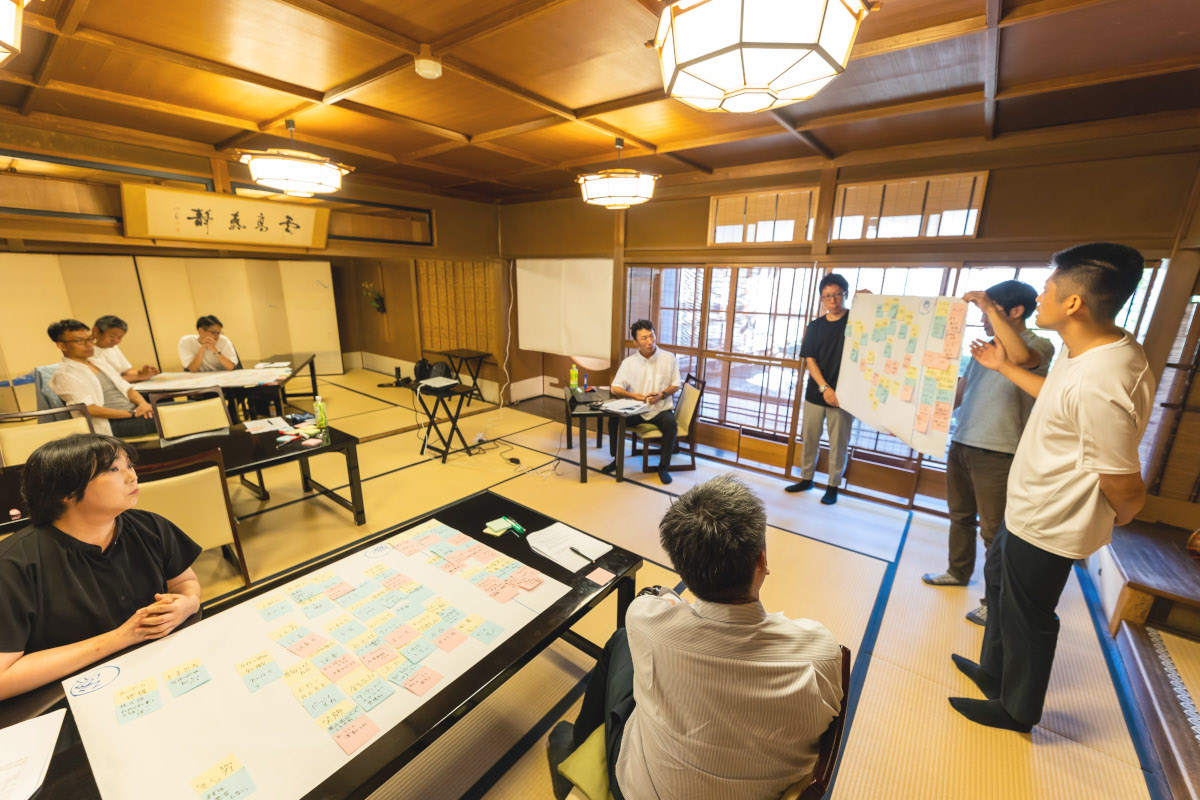
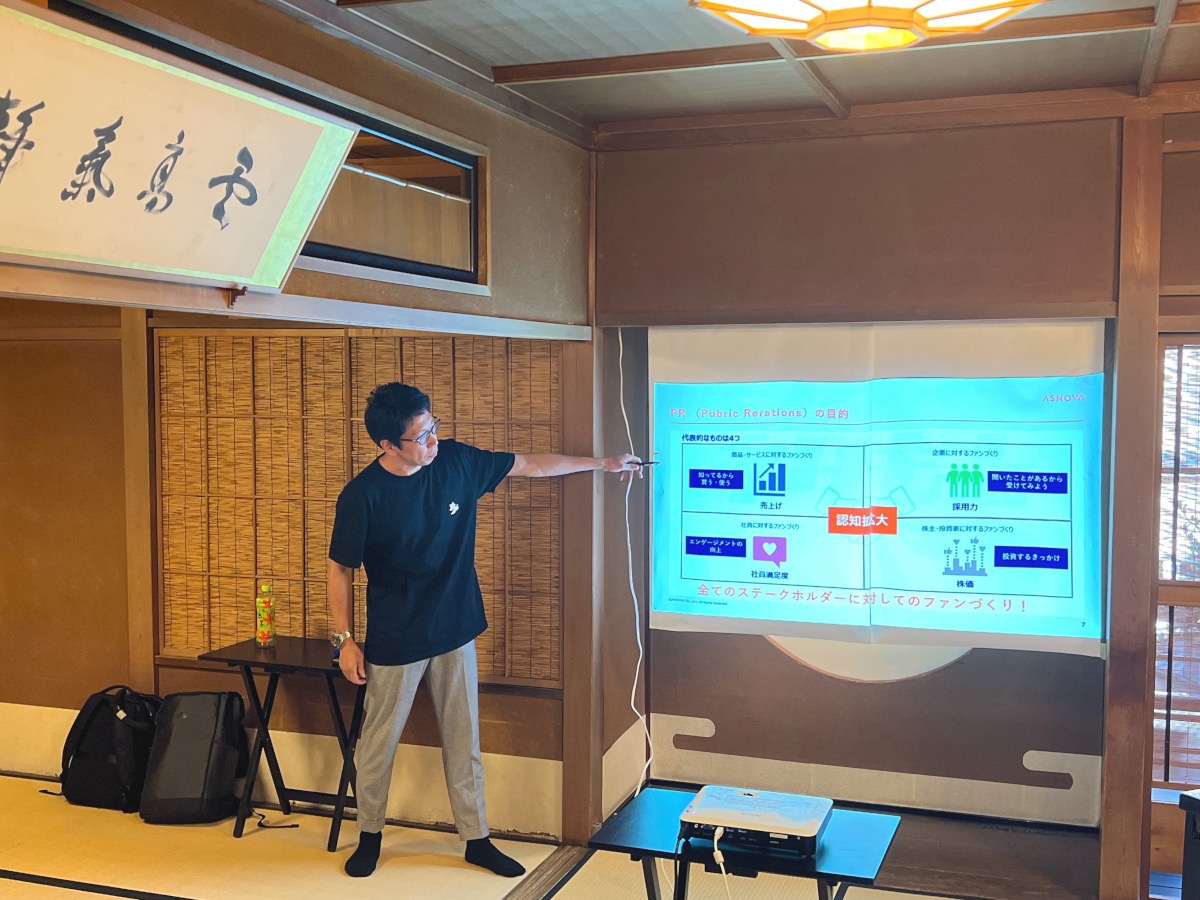
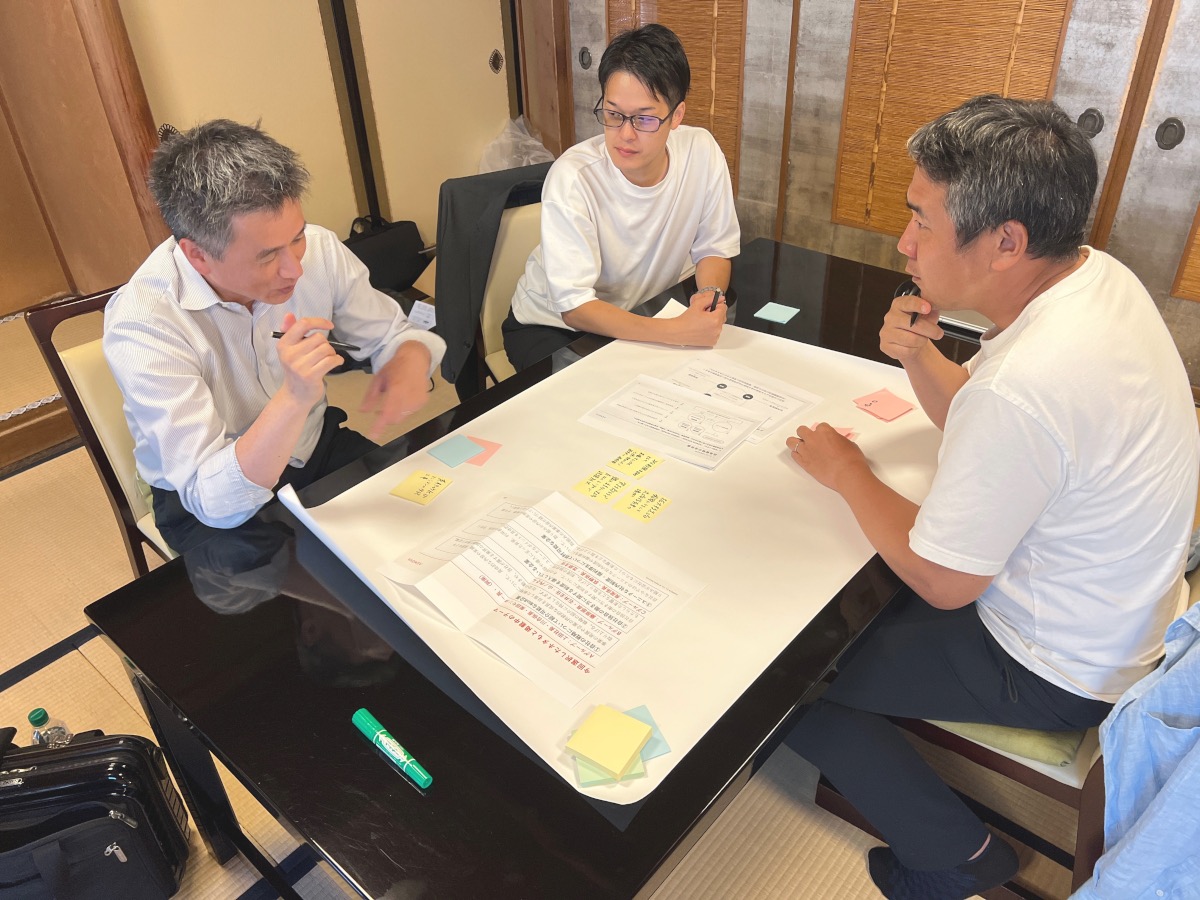
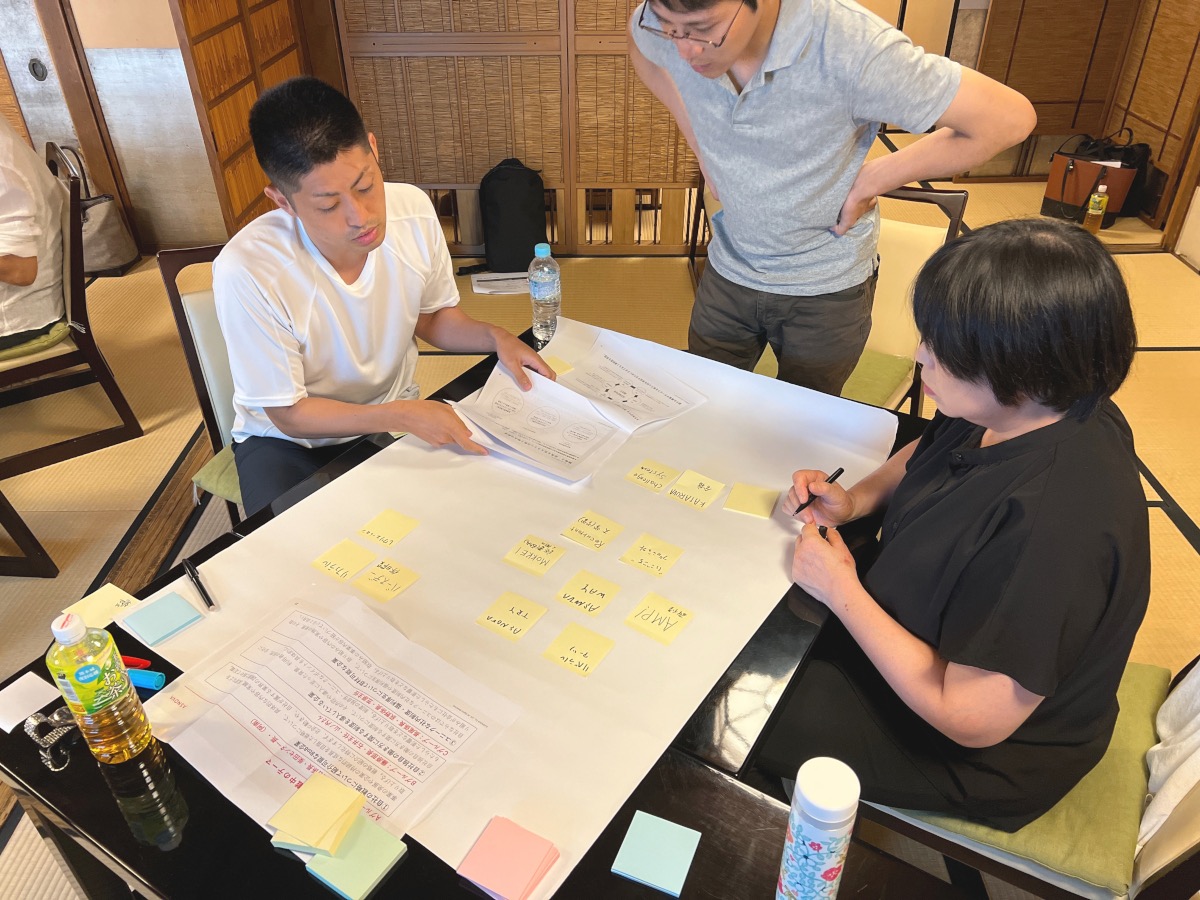
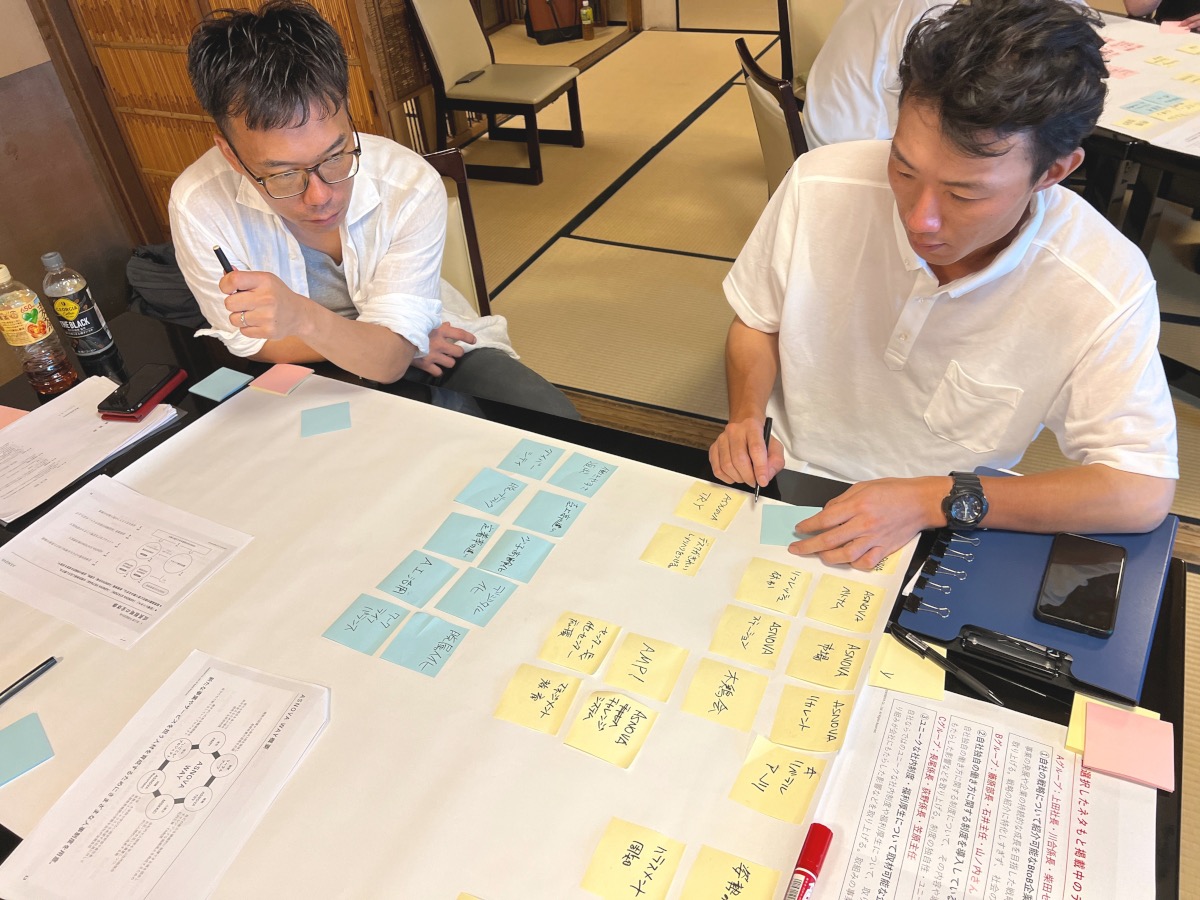


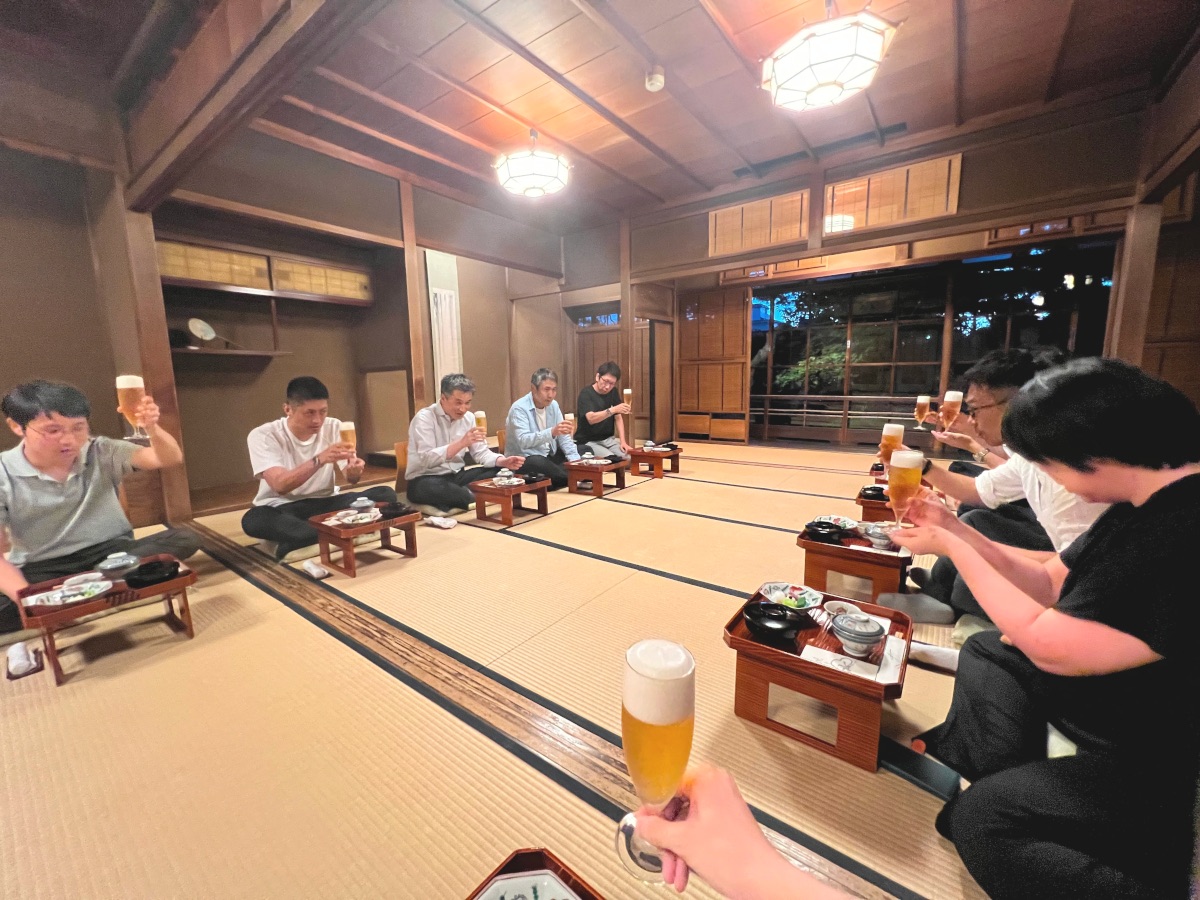
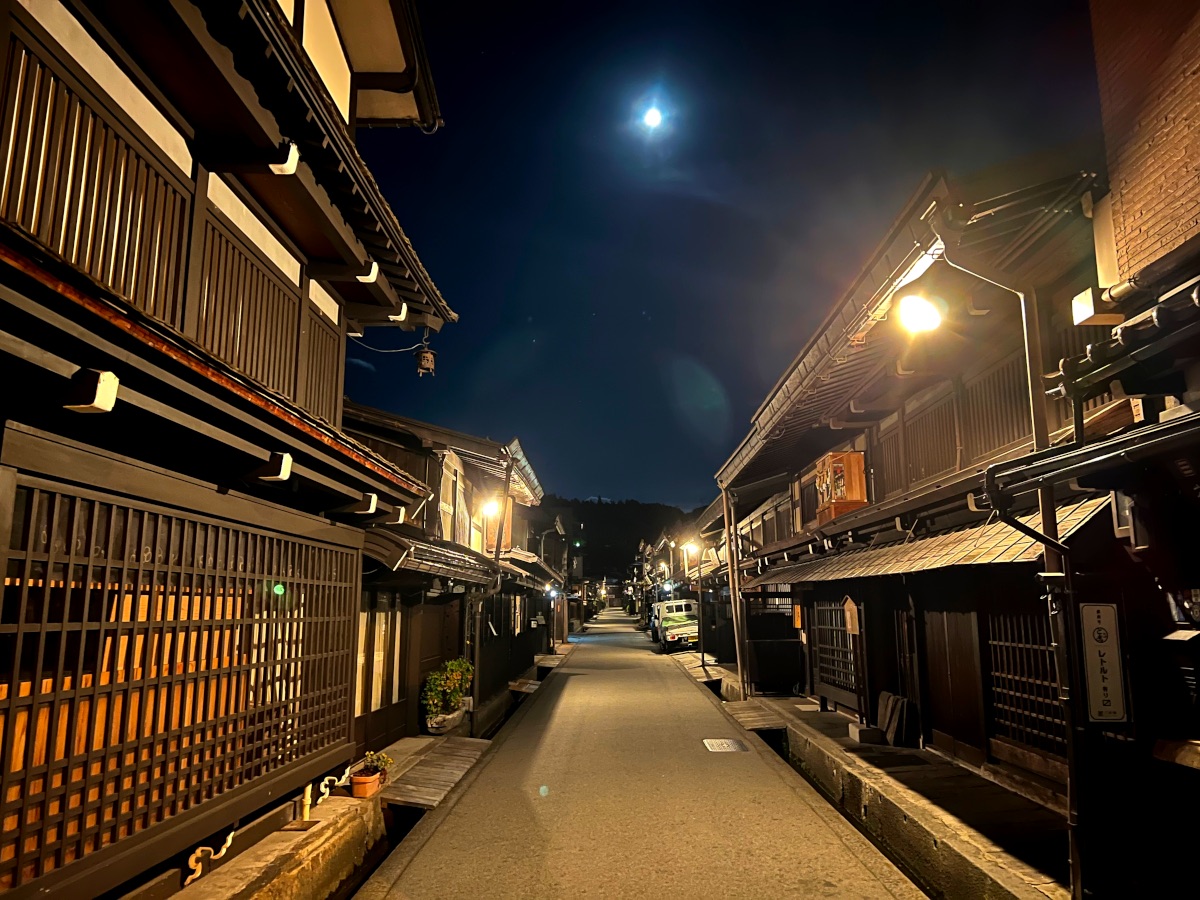

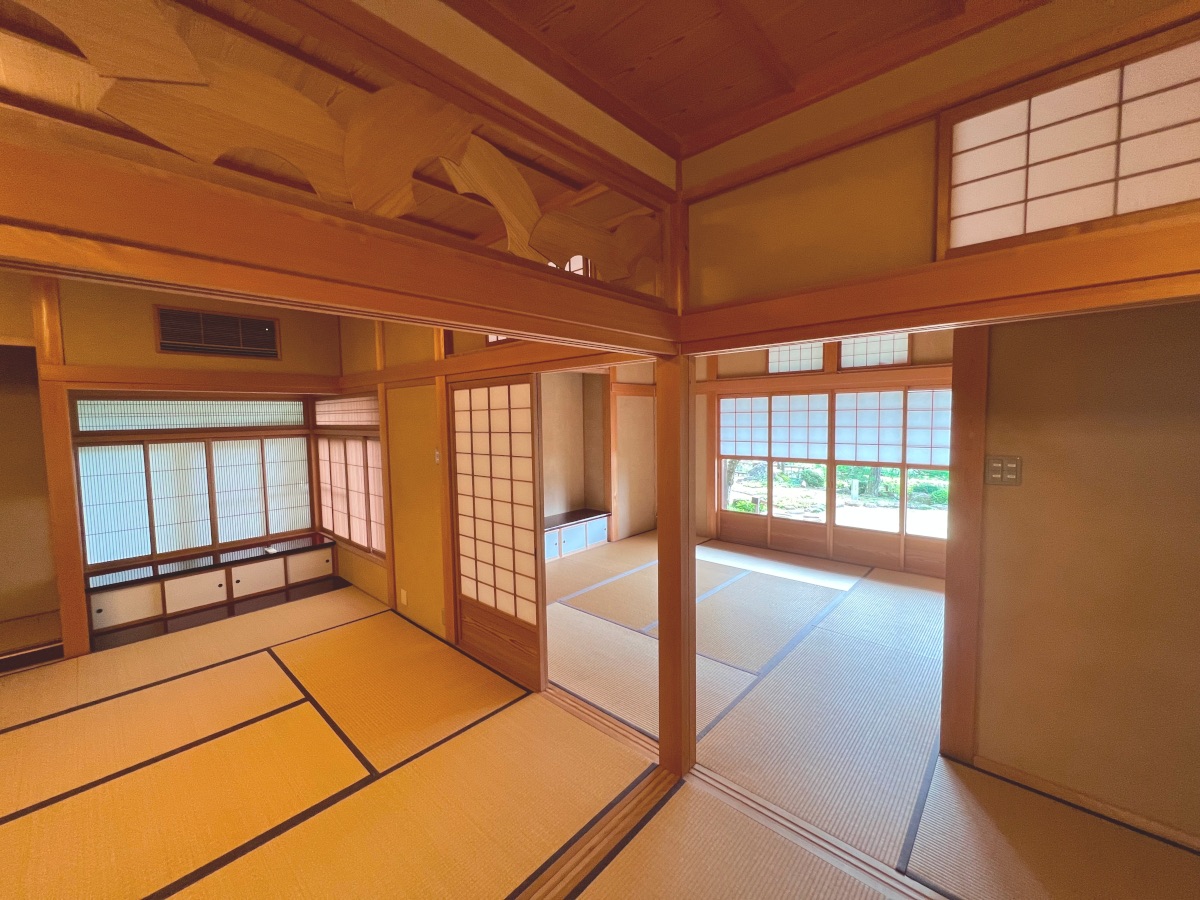
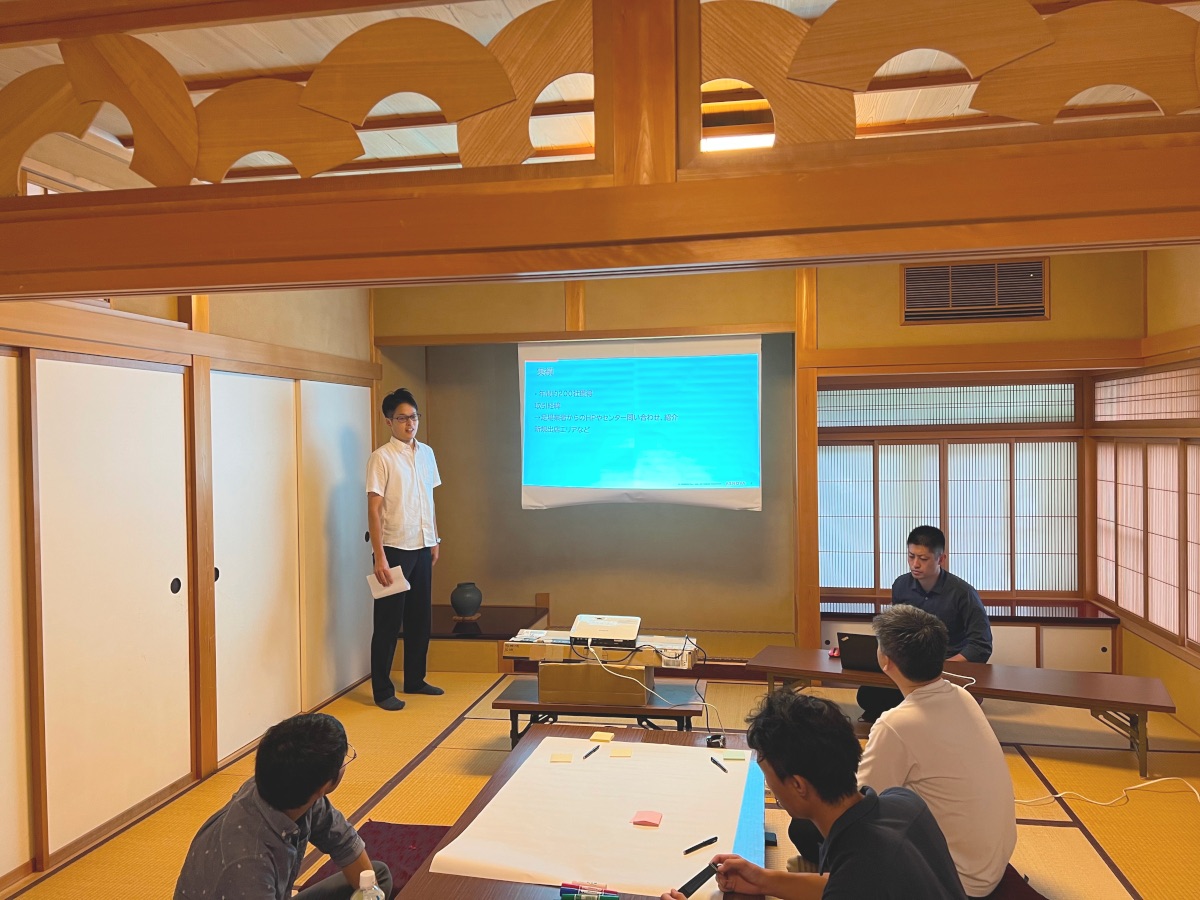
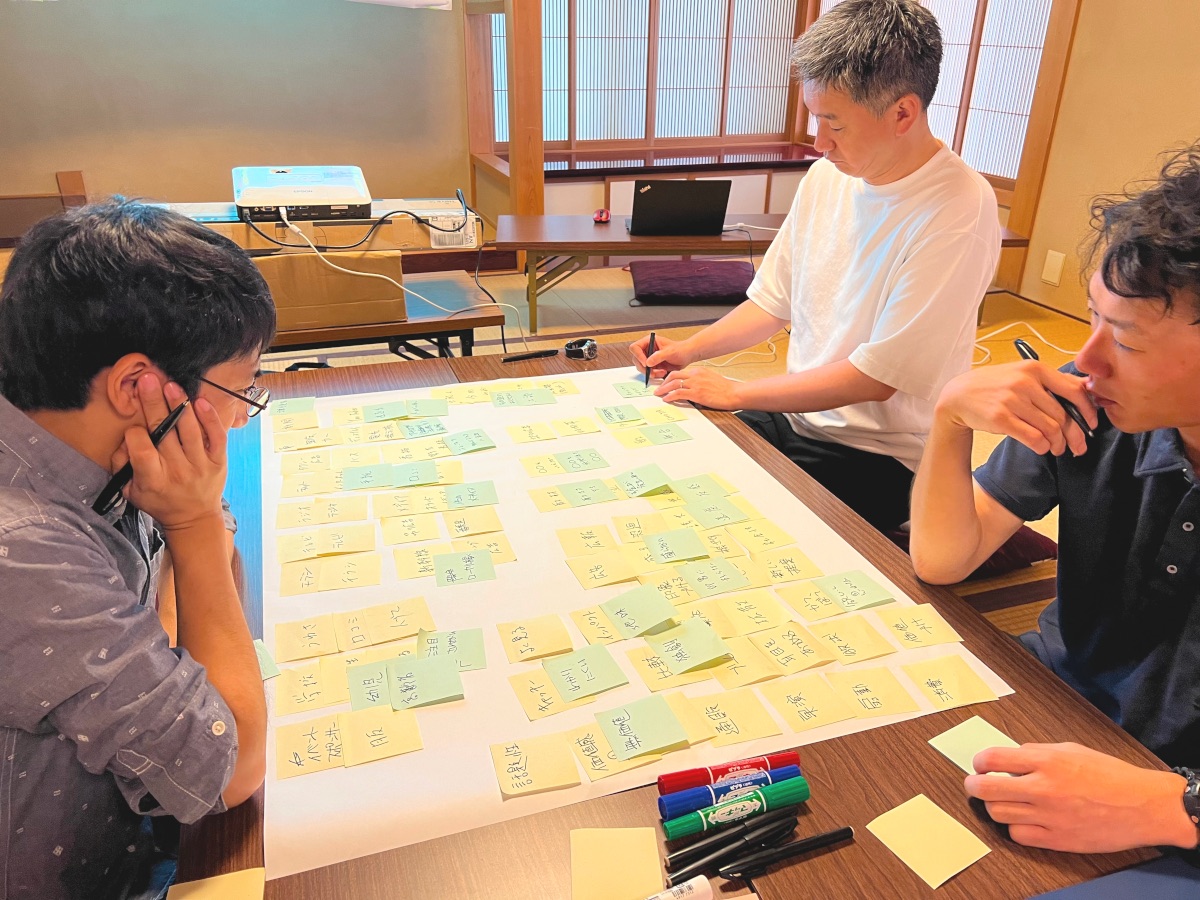
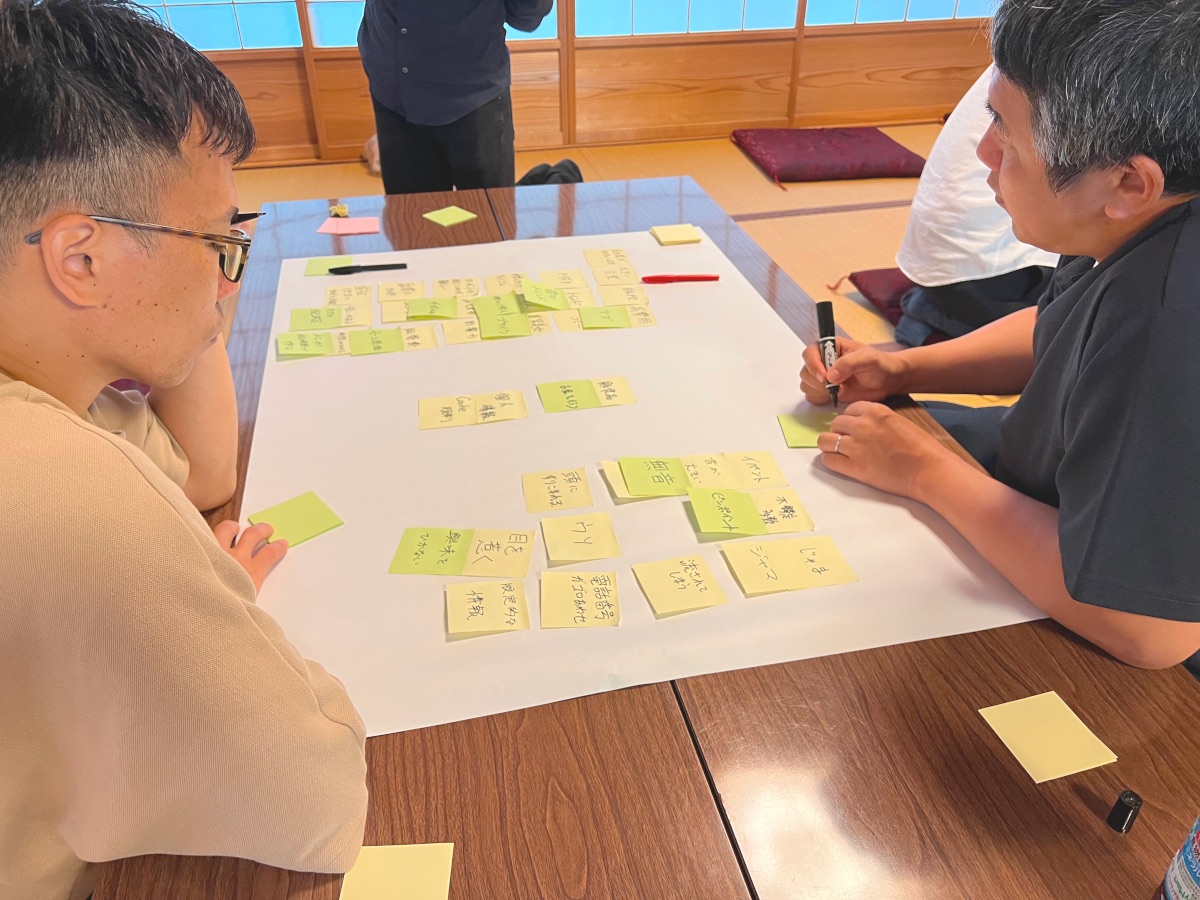
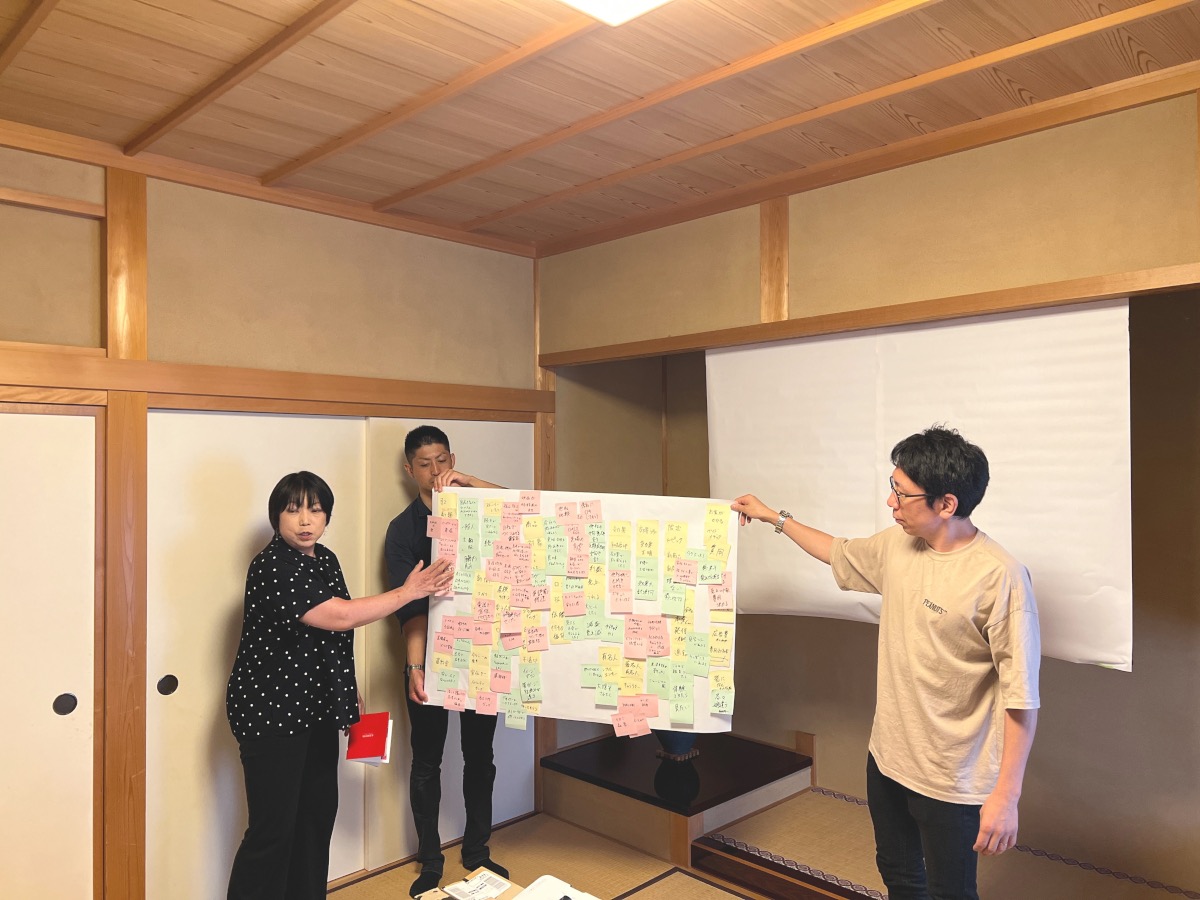
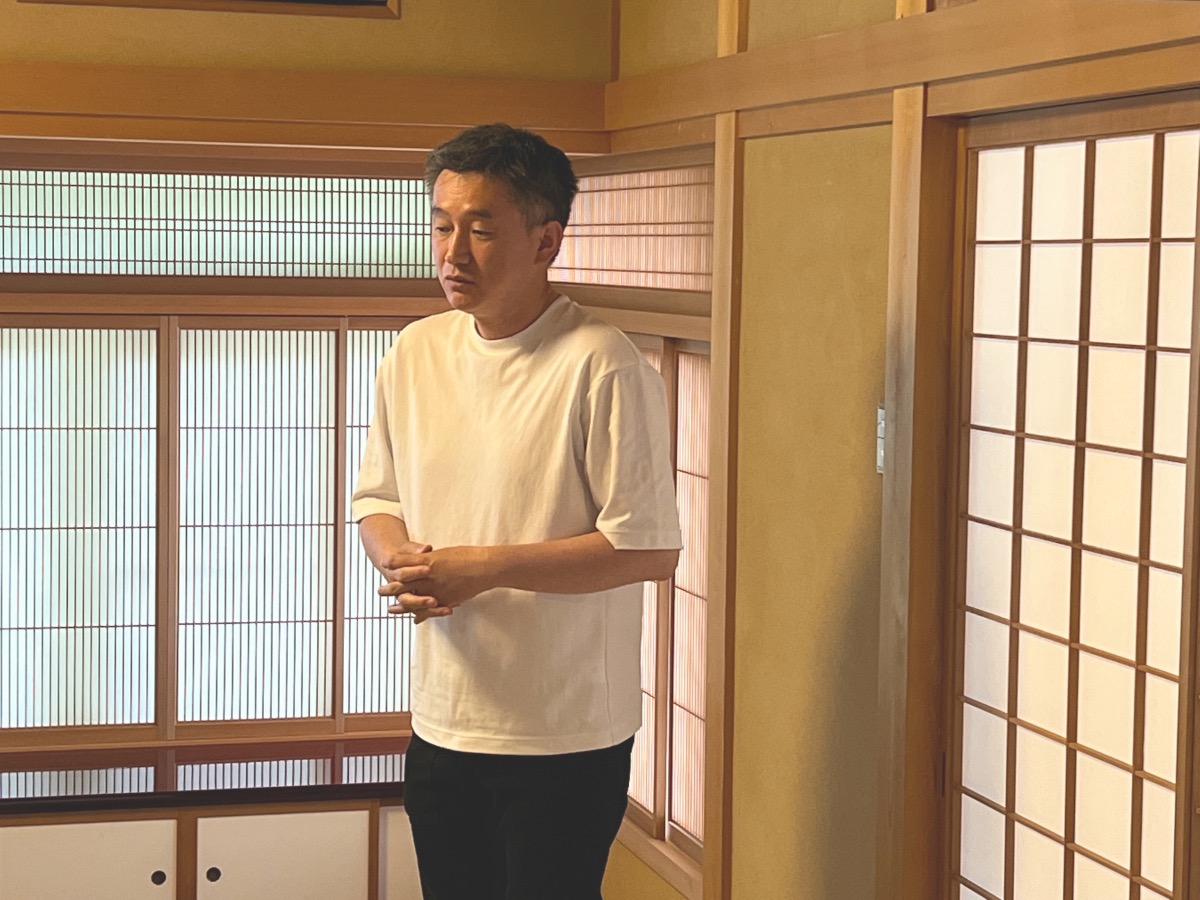
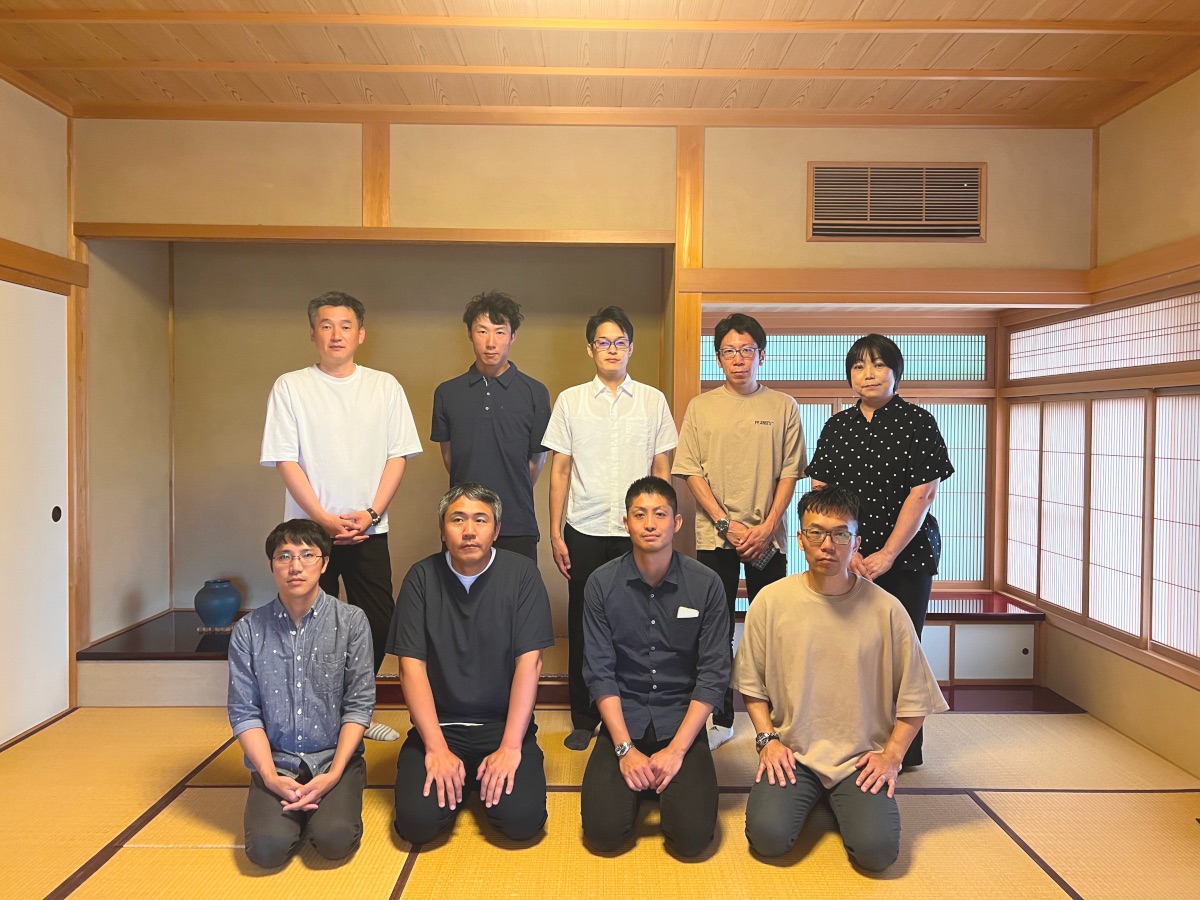






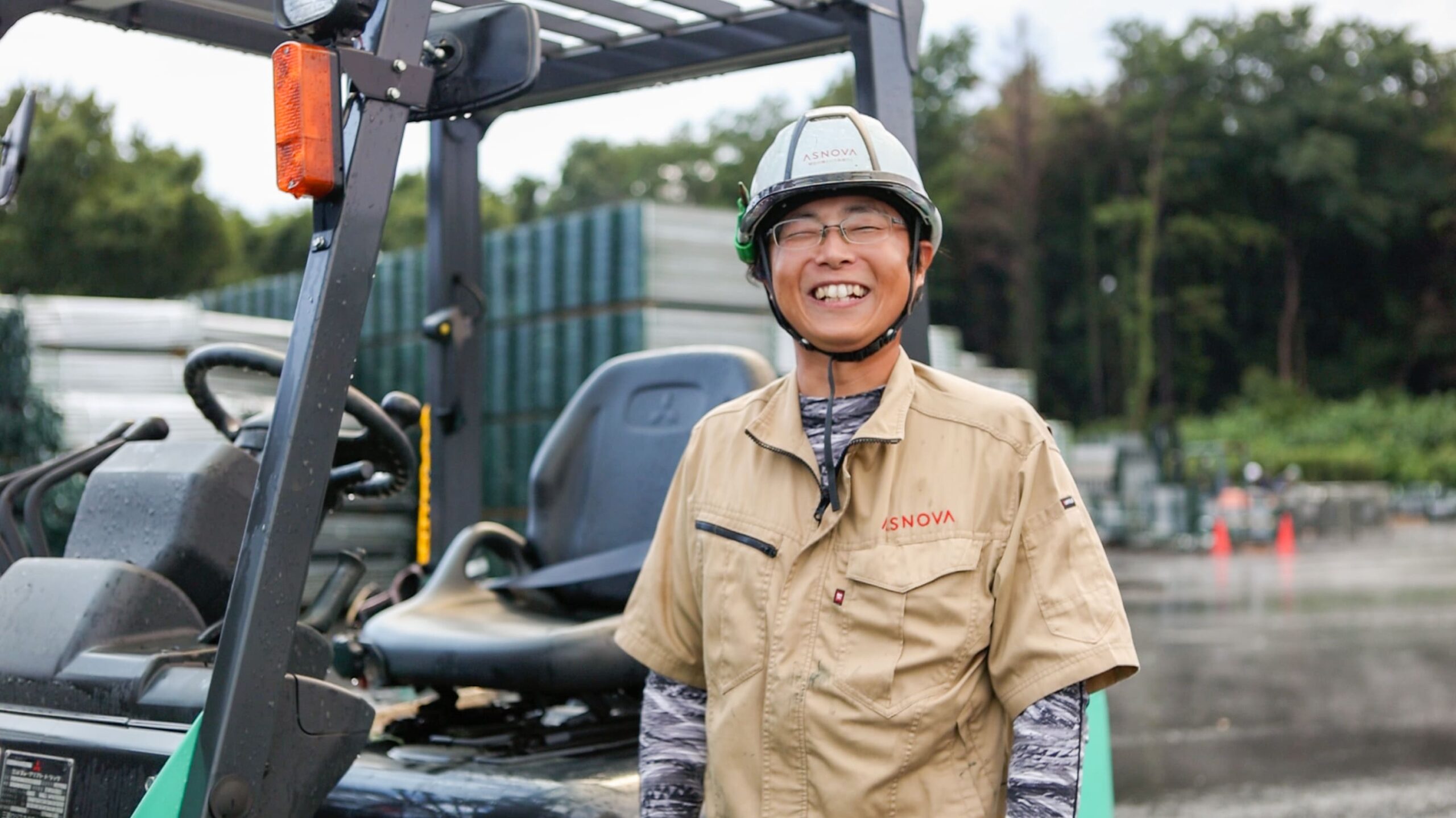





![[Circular Project Dialogue Vol.2] Starting from ASNOVA’s Culture, Envisioning the Future of “Circulation” Through Diverse Perspectives](/wp-content/uploads/2025/10/3V6A9768-scaled.jpg)





![[Circular Economy Project Dialogue Vol. 1] The First Step Toward a Circular Society. ASNOVA’s Vision for a Sustainable Growth Curve](/wp-content/uploads/2025/09/2R2A0226-scaled.jpg)




